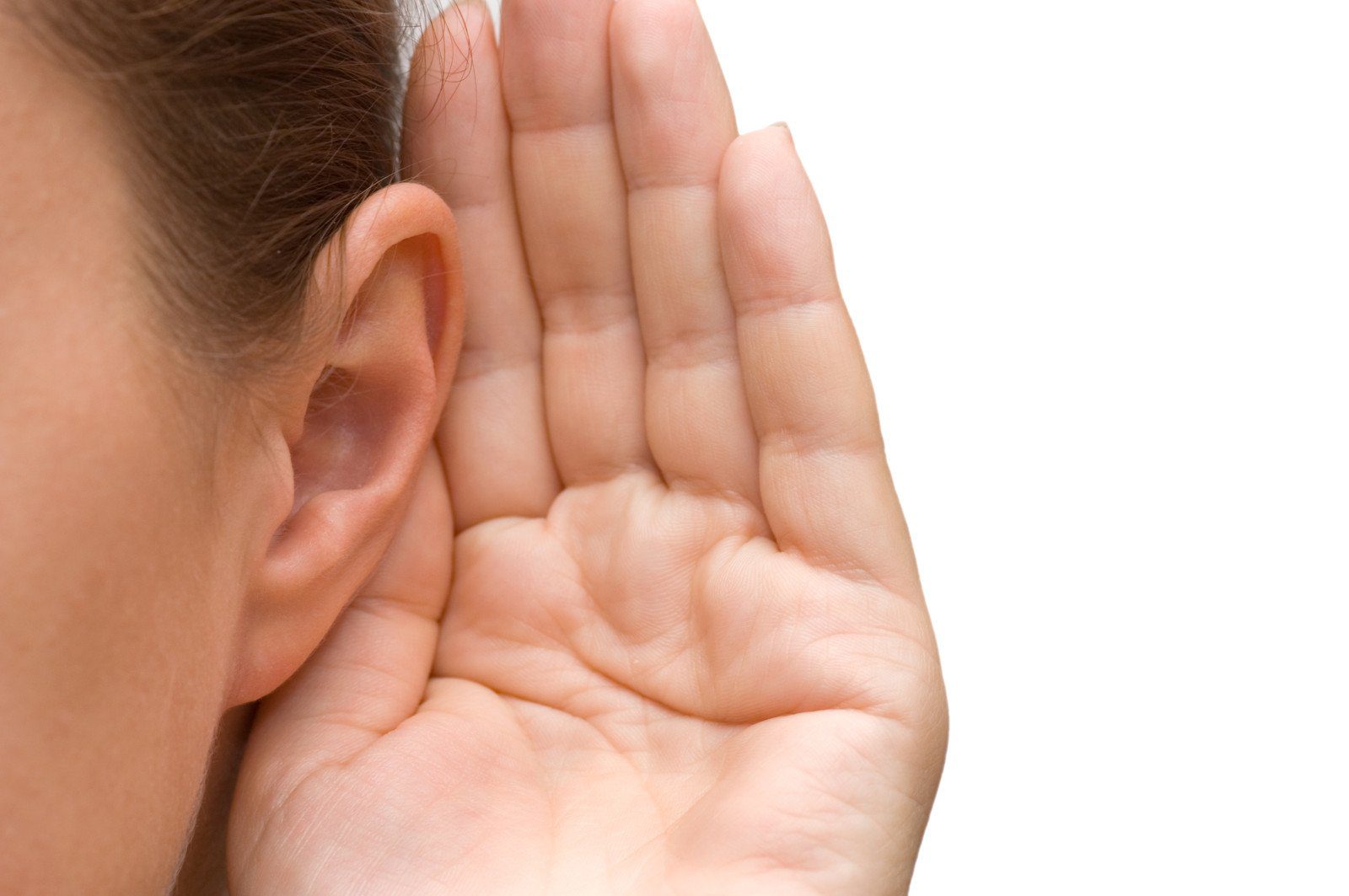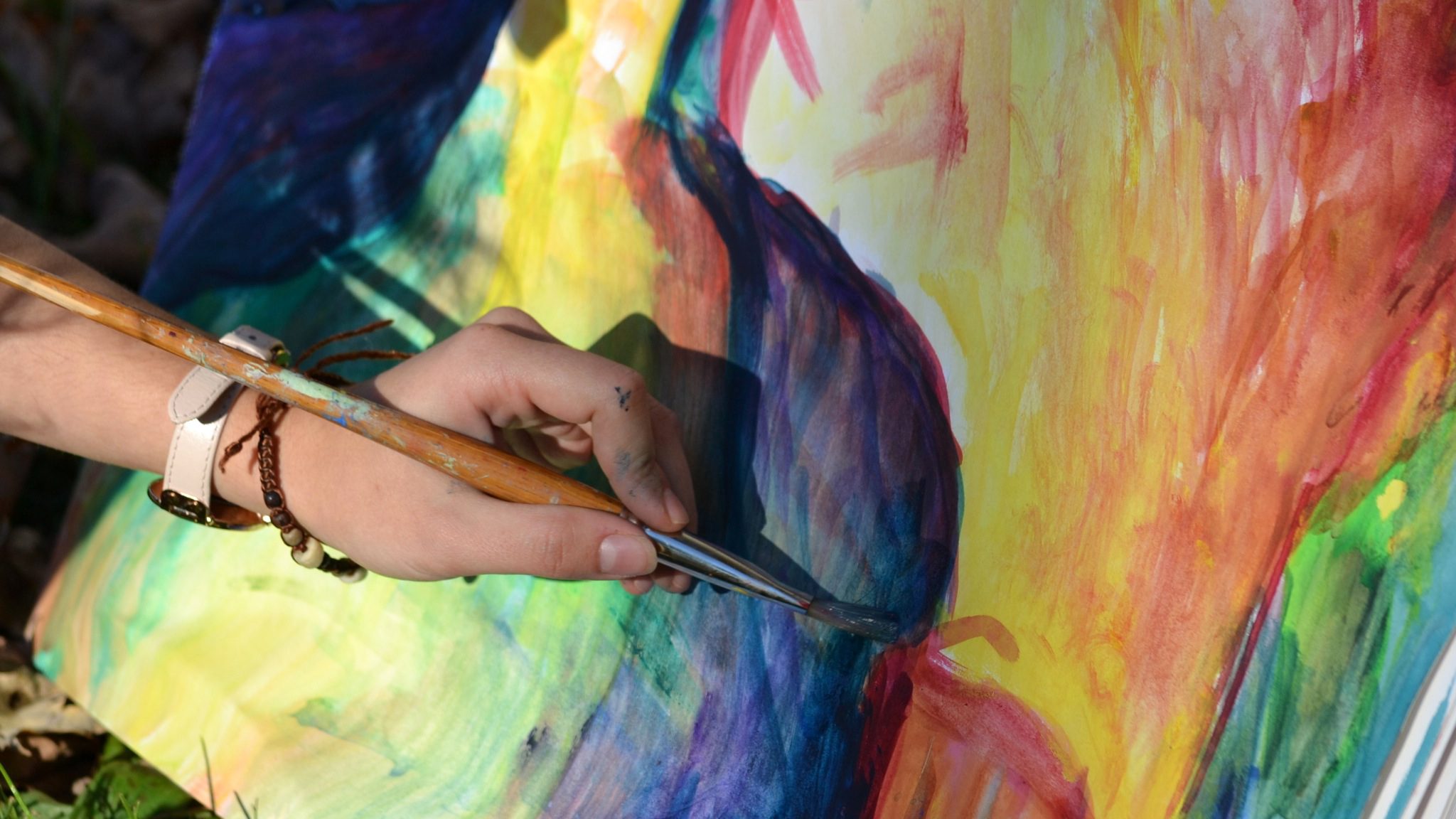Left-handedness has always been a topic of great interest, and despite numerous studies published, many mysteries about left-handed individuals remain. Believe it or not, the 16 facts listed below have been validated by numerous sources. If you are left-handed, take a moment to compare these facts with your own experiences.
Facts About Left-Handed People
- 1. Left-handed individuals have better hearing than right-handed people
- 2. Left-handed individuals are more prone to headaches
- 3. Left-handed individuals often excel in fighting
- 4. Left-handed individuals tend to suffer from insomnia
- 5. Left-handed individuals are often heroes
- 6. Left-handed individuals are more likely to have allergies
- 7. Left-handed individuals have a higher risk of psychological disorders
- 8. Left-handed individuals usually have a high alcohol tolerance
- 9. Left-handed individuals tend to be more stressed
- 10. Left-handed individuals are often very creative
- 11. Left-handed individuals tend to earn more money
- 12. Left-handed individuals have better 3D visual recognition
- 13. Men are more likely to be left-handed
- 14. Tongue Rolling
- 15. Left-handed individuals can multitask better
- 16. Left-handed individuals have better vision
1. Left-handed individuals have better hearing than right-handed people

In fact, left-handed individuals have more active right brain hemispheres, resulting in more accurate and enhanced hearing compared to right-handed people, especially in environments with frequent changes.
2. Left-handed individuals are more prone to headaches

Left-handed individuals tend to experience headaches more frequently than their right-handed counterparts. This hypothesis, while not officially published in documents, is supported by practical examples.
3. Left-handed individuals often excel in fighting

Studies have shown that left-handed individuals are often better fighters compared to right-handed people. Right-handed individuals typically attack from the front, while left-handed individuals have a unique understanding of how to defeat opponents using both hands.
4. Left-handed individuals tend to suffer from insomnia

Numerous studies have indicated that left-handed individuals are more likely to experience sleep disorders, particularly chronic insomnia.
5. Left-handed individuals are often heroes

If you have read the Bible, you’ll notice that many heroes mentioned are left-handed individuals.
6. Left-handed individuals are more likely to have allergies

Left-handed individuals have a higher tendency to develop allergies to food and fabrics!
7. Left-handed individuals have a higher risk of psychological disorders

Bipolar disorder, crises, and schizophrenia are psychological issues that left-handed individuals are more likely to suffer from. Estimates suggest that about 40% of left-handed individuals may experience schizophrenia.
8. Left-handed individuals usually have a high alcohol tolerance

Left-handed individuals often have a remarkable ability to consume alcohol. The right hemisphere of their brain reacts differently to alcohol, which may lead to a greater dependence on it.
9. Left-handed individuals tend to be more stressed

Research has shown that left-handed individuals often experience greater fear than right-handed individuals. This extends to a higher susceptibility to post-traumatic stress disorder (PTSD).
10. Left-handed individuals are often very creative

Left-handed individuals often possess a creative spirit, more so than their right-handed counterparts. Figures like Leonardo da Vinci and Michelangelo exemplify this conclusion.
11. Left-handed individuals tend to earn more money

Perhaps due to their creativity, left-handed individuals are often more attractive to employers and tend to earn higher salaries compared to their right-handed peers. Additionally, they excel at problem-solving and offer innovative solutions.
12. Left-handed individuals have better 3D visual recognition

13. Men are more likely to be left-handed
A survey conducted in 2008 showed a gender difference in left-handedness, indicating that men are more likely to be left-handed than women. Researchers examined data from 144 left-handed individuals and found that left-handedness is 23% more common in men than in women.
14. Tongue Rolling
Sometimes, as a joke, we ask if anyone can roll their tongue. Not everyone can do it, and it seems fewer left-handed individuals can. Research suggests that only 62.8% of left-handed individuals can roll their tongues, compared to 74.8% of right-handed individuals.
Data collected by the Illinois Research Association indicates that left-handed individuals are better at multitasking compared to right-handed individuals, with left-handed people being able to remember tasks more effectively.
16. Left-handed individuals have better vision
While the exact research on this is unclear, a neuroscientist has discovered that left-handed individuals adjust their vision more quickly underwater compared to right-handed individuals.
Disadvantages of Left-Handed People
Left-handedness is often seen as a unique trait, but it comes with its own set of challenges. In a world predominantly designed for right-handed individuals, left-handed people can face various disadvantages in daily activities. Here, we explore some of these challenges and how they can affect the lives of left-handed individuals.
Physical Challenges
Many tools and instruments are designed with right-handed users in mind. This can make it difficult for left-handed individuals to perform tasks that others might find simple. For example, scissors, can openers, and even writing instruments can be awkward and uncomfortable for left-handed users.
Social and Psychological Challenges
Left-handed individuals may also experience social stigma due to their handedness. In some cultures, left-handedness has been viewed negatively, leading to feelings of exclusion or self-consciousness. This psychological burden can impact their confidence and social interactions.
Educational Challenges
In educational settings, left-handed students may struggle with ergonomics while using desks designed for right-handers. Writing in notebooks can be cumbersome, leading to smudged ink and discomfort. Teachers and educational institutions often overlook the needs of left-handed students, which can hinder their learning experiences.
Conclusion
While left-handedness can present challenges, understanding and accommodating these differences can lead to a more inclusive environment. By recognizing the unique needs of left-handed individuals, we can foster a society that values diversity in all its forms.





















































